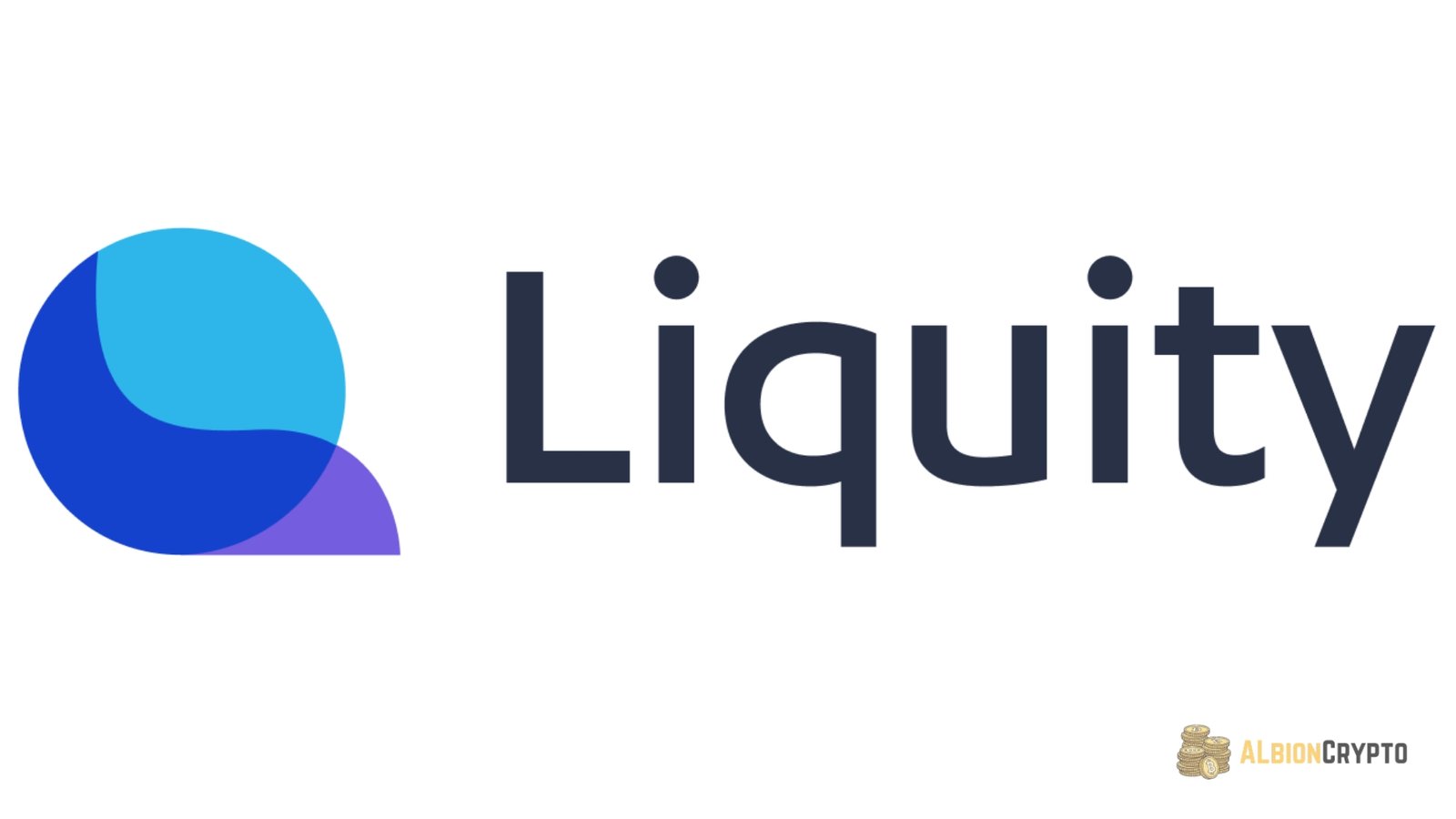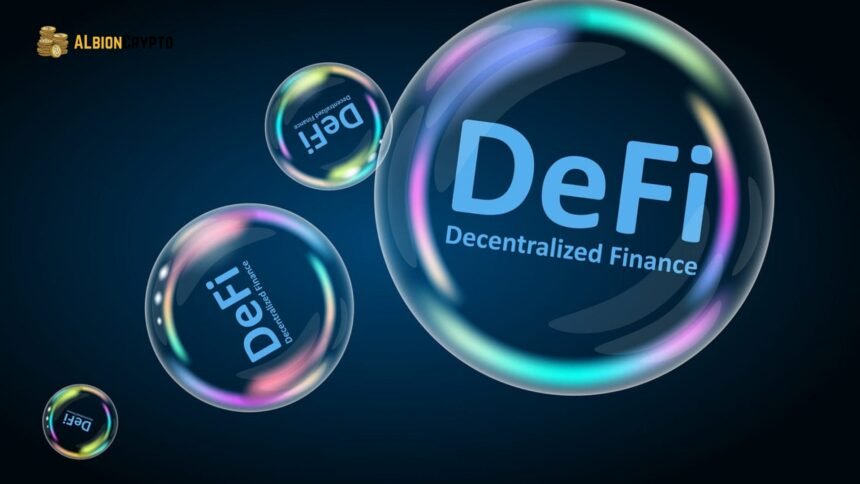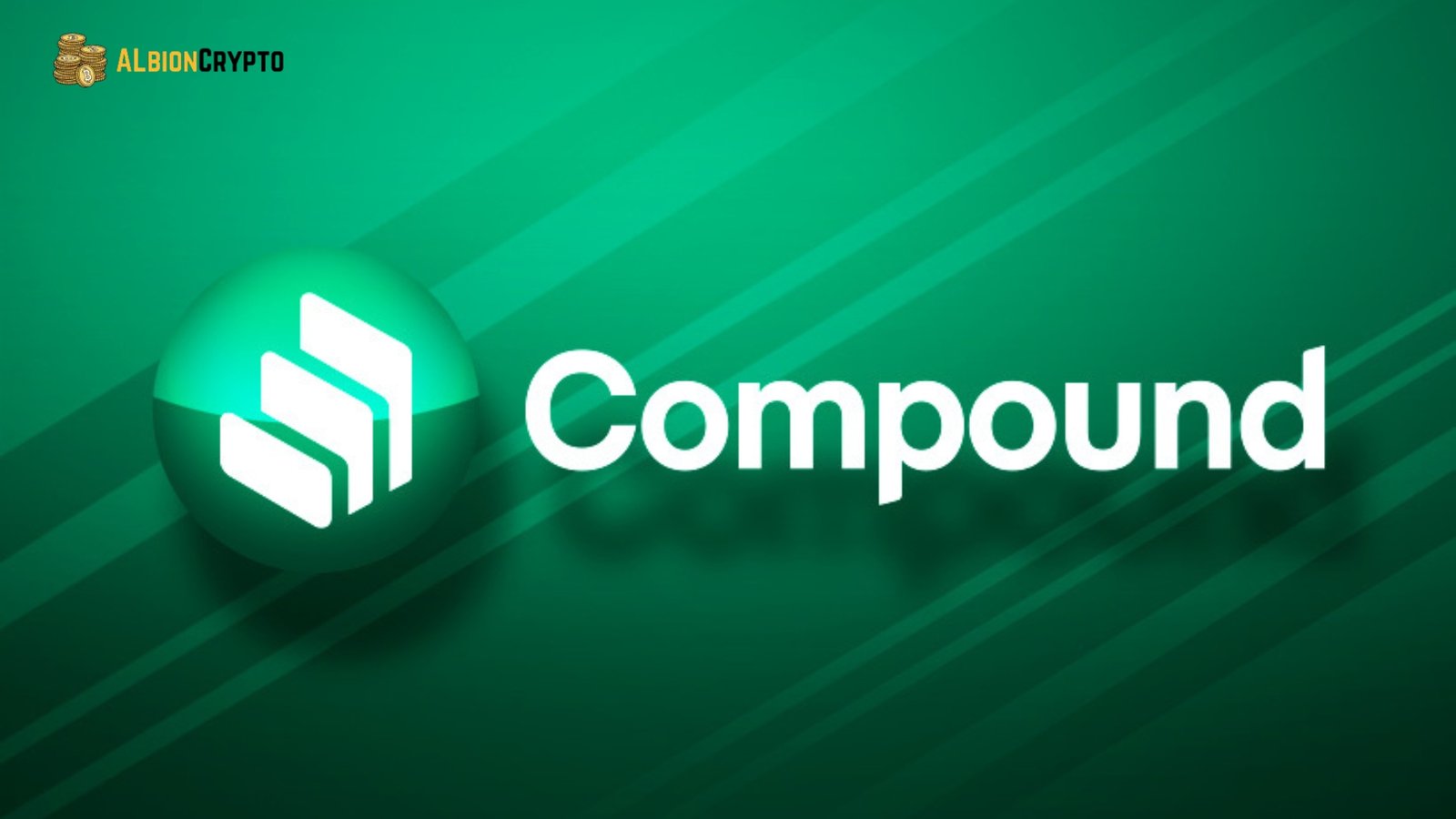Open, permissionless, and transparent financial services have been made available to customers via the rapidly expanding decentralized finance (DeFi) ecosystem. The loan and borrowing process is a prominent and extensively used aspect of DeFi. The DeFi lending platform eliminates the middleman—banks or other traditional financial institutions—by letting individuals lend their assets for interest or borrow assets with securit. This article will explore the best DeFi lending platforms in 2024, highlighting their key features, advantages, and what makes them stand out in an increasingly competitive landscape.
Aave
Aave has cemented its position as one of the most prominent DeFi lending protocols, and in 2024, it continues to lead the way with its diverse set of features and asset support. Launched in 2020, Aave offers decentralized lending and borrowing across various assets, from major cryptocurrencies like ETH and BTC to stablecoins like USDC and DAI. Aave operates on multiple blockchains, including Ethereum, Avalanche, Polygon, and Fantom.
Key Features:
- Interest Rate Flexibility: Aave allows users to switch between stable and variable interest rates based on their preference, providing borrowers with a tailored experience.
- Flash Loans: Aave introduced the concept of flash loans, which are loans that must be borrowed and repaid within the same transaction. This allows for arbitrage, refinancing, and collateral swaps.
- Multi-chain Support: Aave is available on multiple blockchains, making it accessible to a broader range of users.
- Governance: AAVE token holders participate in the platform’s governance, helping shape its future and make critical decisions like protocol upgrades and risk management.
Why Aave?
Aave’s ability to scale across multiple chains and robust feature set make it a top choice for DeFi users. Its seamless user interface and advanced features, like flash loans, continue to attract experienced traders and beginners alike.
Compound
However, it is another major player in the DeFi lending space, known for being. One of the first platforms to popularize algorithmically set interest rates. Compound operates primarily on Ethereum and enables users to deposit cryptocurrencies into liquidity pools, earn interest, or borrow using their crypto assets as collateral.
Key Features:
- Decentralized Governance: Compound is governed by the COMP token, allowing users to vote on protocol changes and improvements.
- Algorithmic Interest Rates: Interest rates on Compound are determined algorithmically based on supply and demand, ensuring that they are fair and market-driven.
- Collateralized Borrowing: Users can borrow against their collateral, with supported assets including ETH, DAI, USDC, and others.
- Composability: As a DeFi protocol, Compound is highly composable with other DeFi products, allowing it to integrate with various wallets, protocols, and applications.
Why Compound?
The compound’s simplicity, security, and reputation make it one. These are the go-to platforms for users looking to lend or borrow in the DeFi space. The governance mechanism, powered by the COMP token, empowers users and encourages participation in shaping the protocol’s future.
MakerDAO (Oasis Borrow)
One of the most reliable DeFi lending options is DAI’s protocol, which powers Oasis Borrow. MakerDAO, a decentralized autonomous organization (DAO), lets users deposit crypto assets (mainly Ethereum) to mint DAI, a US dollar stablecoin.
Key Features:
- DAI Stablecoin: MakerDAO is known for creating DAI, which users can borrow after locking up assets as collateral.
- Multi-Collateral DAI (MCD): Users can deposit multiple assets, including ETH, wBTC, and others, as collateral to borrow DAI.
- Stability Fees: MakerDAO’s stability fees act as the interest rate users must pay when repaying their DAI loans.
- Governance: MKR token holders govern the protocol, deciding on risk parameters, such as collateral types, stability fees, and DAI supply adjustments.
Why MakerDAO?
MakerDAO is a trusted platform for users seeking to mint and borrow a decentralized stablecoin (DAI) in a permissionless manner. Its longevity, security, and large user base make it a key player in the DeFi lending space.
Liquity
Liquity is a relatively newer lending platform that offers interest-free borrowing, a standout feature in the DeFi space. It allows users to borrow its native stablecoin, LUSD, by depositing ETH as collateral. Liquity operates entirely on the Ethereum blockchain and focuses on providing a decentralized, governance-free borrowing experience.
Key Features:
- Interest-Free Loans: Liquity enables users to borrow LUSD against ETH without paying interest, a feature differentiating it from many other platforms.
- Decentralized and Governance-Free: Lacking governance, token holders cannot vote or amend Liquity. Instead, it’s entirely robotic.
- Stability Pool: The platform features a stability pool that helps liquidate undercollateralized loans, providing incentives for liquidity providers.
Why Liquity?
Liquity’s innovative approach to borrowing, with interest-free loans and a fully decentralized mechanism, appeals to users seeking a simple and transparent borrowing experience without the complexities of governance.
Venus Protocol
Venus is a DeFi lending and borrowing platform that operates on the Binance Smart Chain (BSC). It provides a money market for crypto assets, allowing users to borrow, lend, and earn interest on their holdings. What sets Venus apart is its use of its native token, XVS, and the ability to mint VAI, a synthetic stablecoin pegged to the US dollar.
Key Features:
- Multi-Asset Support: Venus supports various assets, including BNB, BTC, ETH, XRP, and stablecoins like USDT and BUSD.
- Synthetic Stablecoin (VAI): Venus allows users to mint VAI, a synthetic stablecoin, by locking up assets as collateral.
- Low Fees: Venus operates on Binance Smart Chain, which has significantly lower transaction fees than Ethereum-based protocols.
- Governance: The Venus protocol is governed by the XVS token, giving holders a voice in important decisions.
Why Venus?
Venus is an excellent choice for users seeking low-cost DeFi lending on Binance Smart Chain. The platform’s synthetic stablecoin feature, multi-asset support, and efficient governance make it stand out in the DeFi ecosystem.
Alchemix
Alchemix is a unique DeFi lending protocol that allows users to create “self-repaying” loans. By depositing collateral, users can borrow synthetic assets like alUSD. The platform’s distinguishing feature is that the loan repayments happen automatically through the yield generated by the collateral.
Key Features:
- Self-Repaying Loans: Collateral deposited in Alchemix generates yield through other DeFi protocols, which is used to automatically repay the loan over time.
- Synthetic Assets: Users can mint synthetic tokens like alUSD, which can be used in other DeFi applications.
- No Liquidation Risk: Because the loan is self-repaying, users are not at risk of liquidation, a common concern on other platforms.
- Flexible Use of Collateral: Alchemix enables users to continue earning yield on their collateral while borrowing against it, providing maximum capital efficiency.
Why Alchemix?
Alchemix’s self-repaying loans and unique use of yield-generation to cover. They are debt, making it a revolutionary platform in the DeFi lending space. It provides users with peace of mind knowing that their loans will eventually be repaid without the fear of liquidation.
Yearn. Finance (yVaults)
Yearn. Finance is primarily known as a yield aggregator, but its vaults (yVaults) allow users to lend their assets and earn optimized interest through automated strategies. At the same time, it may not be a direct lending protocol like Aave or Compound; Yarn’s vaults work by deploying user assets into various. DeFi lending platforms to earn the highest possible yield.
Key Features:
- Automated Yield Optimization: Yearn’s smart contracts automatically find the best lending rates across multiple DeFi protocols, ensuring users get the highest yield on their deposits.
- Passive Income: Users can earn interest without actively managing their assets or switching between platforms.
- Wide Asset Support: Yearn supports a variety of assets, including major stablecoins like USDC and DAI and popular cryptocurrencies like ETH.
- Governance: YFI token holders vote on protocol updates and improvements.
Why Yearn. Finance?
Yearn. Finance is an ideal solution for users who want to maximize their yields without the hassle of managing multiple platforms. Its automated strategies and passive income opportunities make it a favorite among yield-focused DeFi enthusiasts.
Conclusion
As decentralized finance continues to evolve, the DeFi lending ecosystem offers an array of platforms, each with unique strengths and features. From the flexibility and innovation of Aave and Compound to Alchemix’s self-repaying loans. With Venus’ synthetic stablecoins, there is no shortage of options for DeFi users in 2024.
The best DeFi lending platform for you will depend on your individual needs: low fees, multi-chain support, interest-free loans, or governance participation. Regardless of your preference, the platforms highlighted here represent the cutting edge of decentralized finance, providing safe, transparent, and accessible alternatives to traditional financial services.












